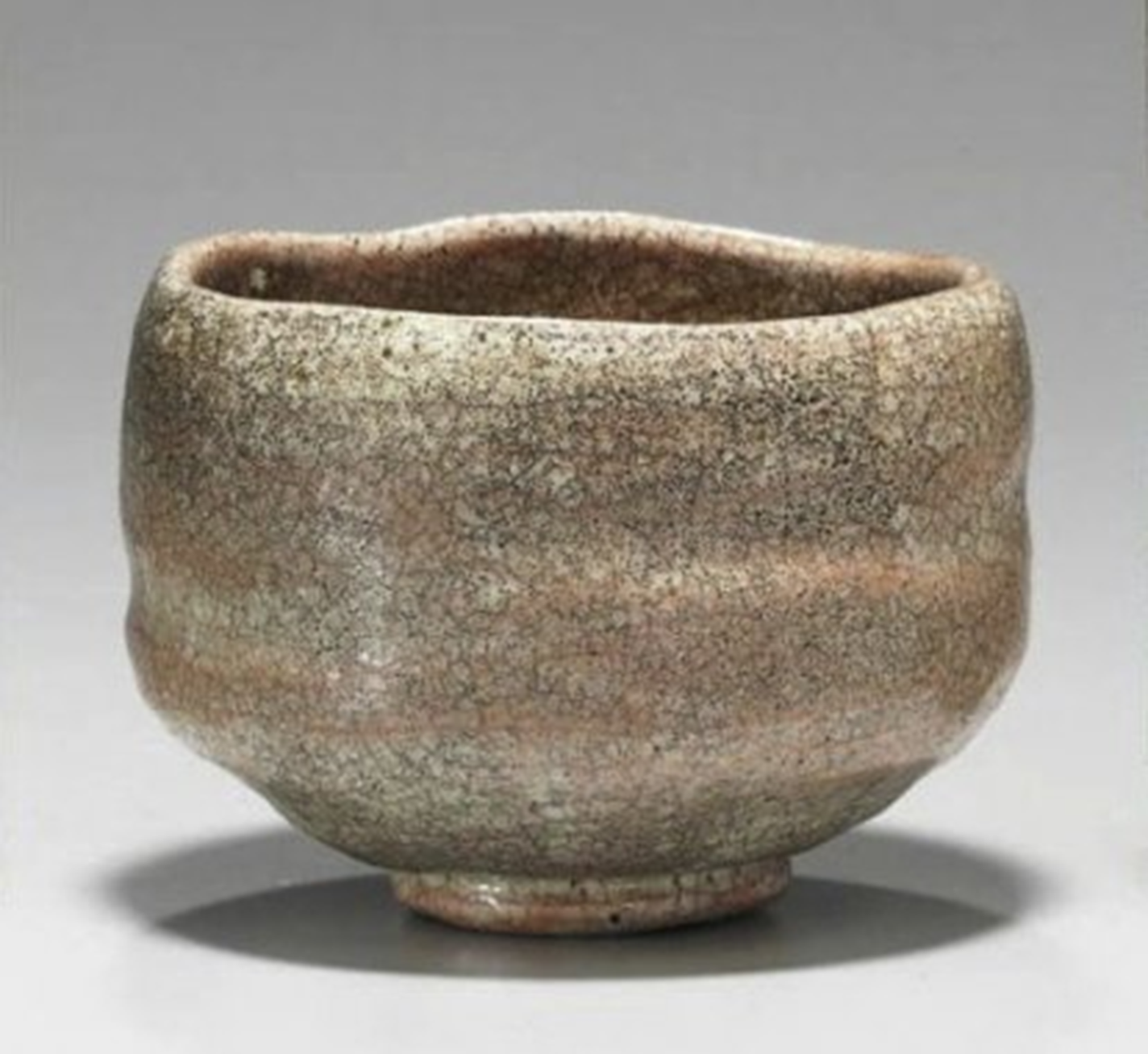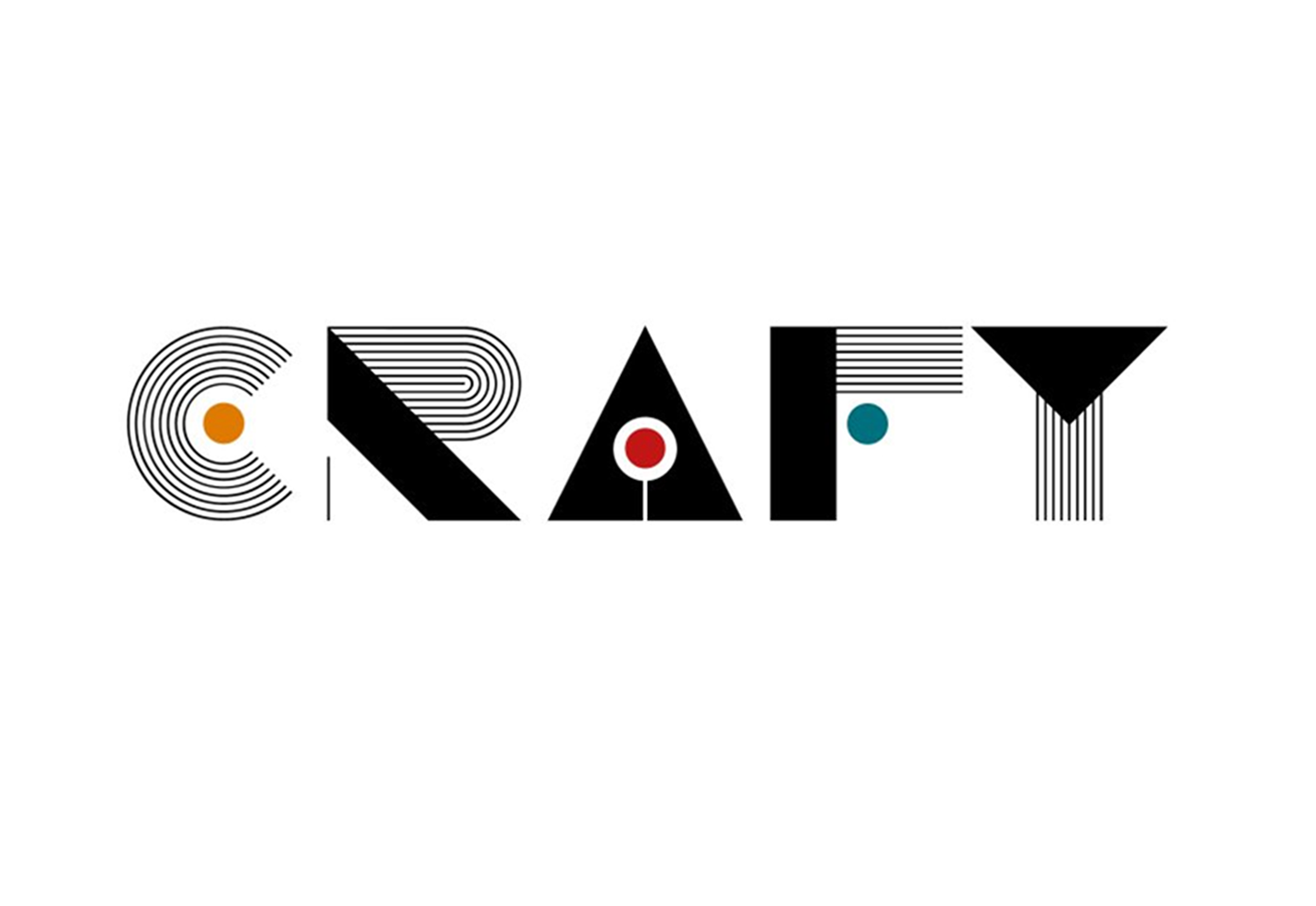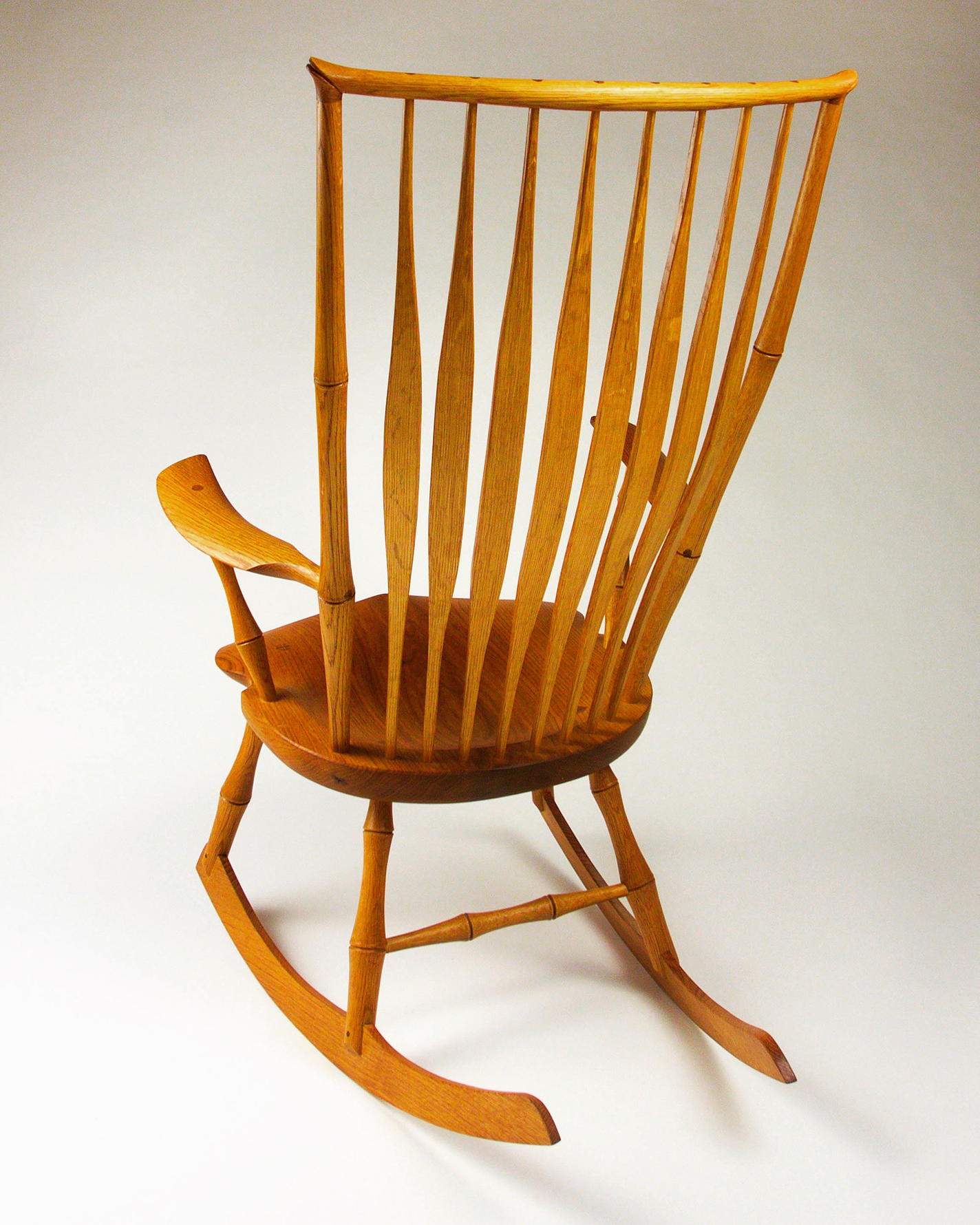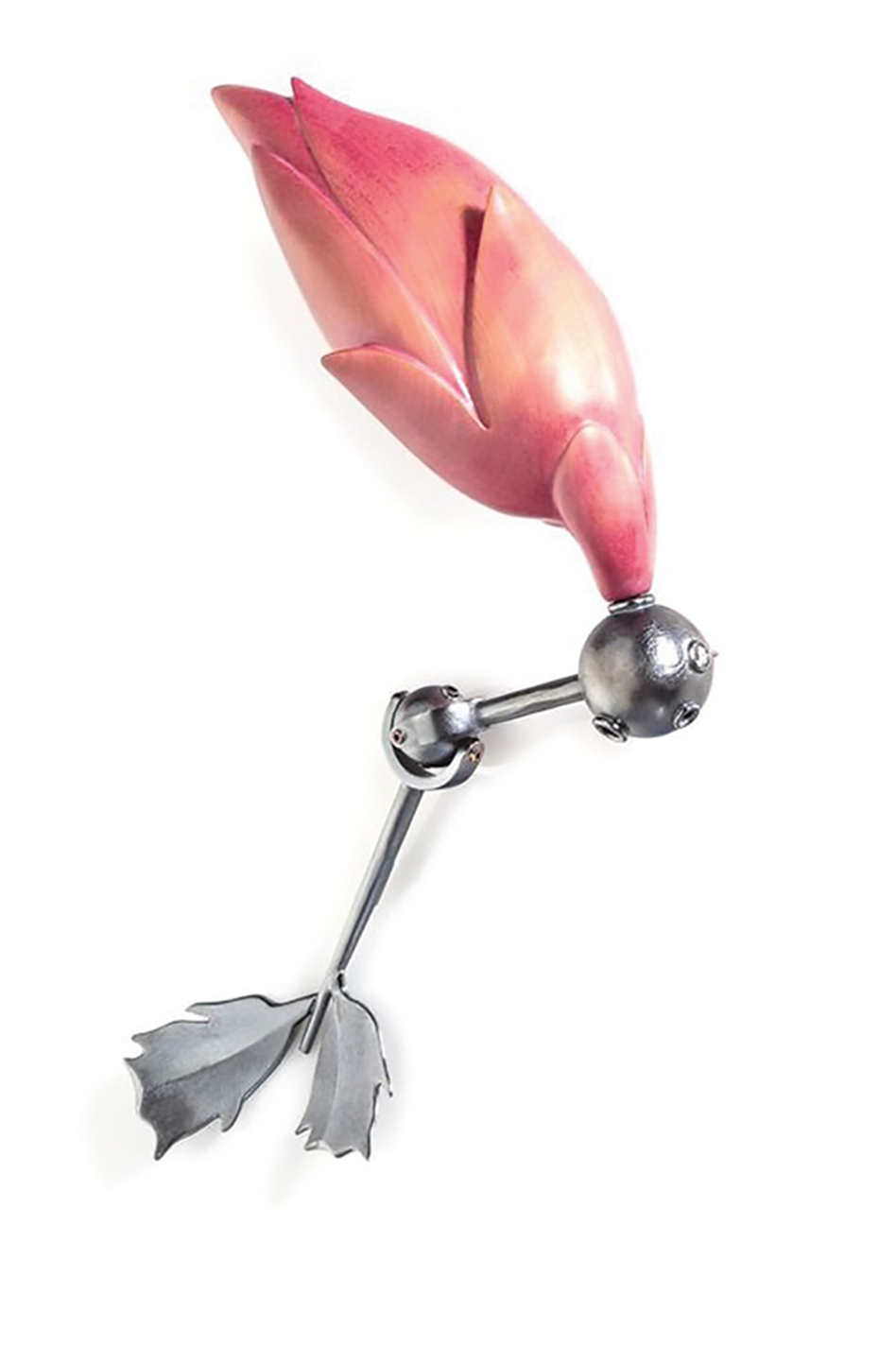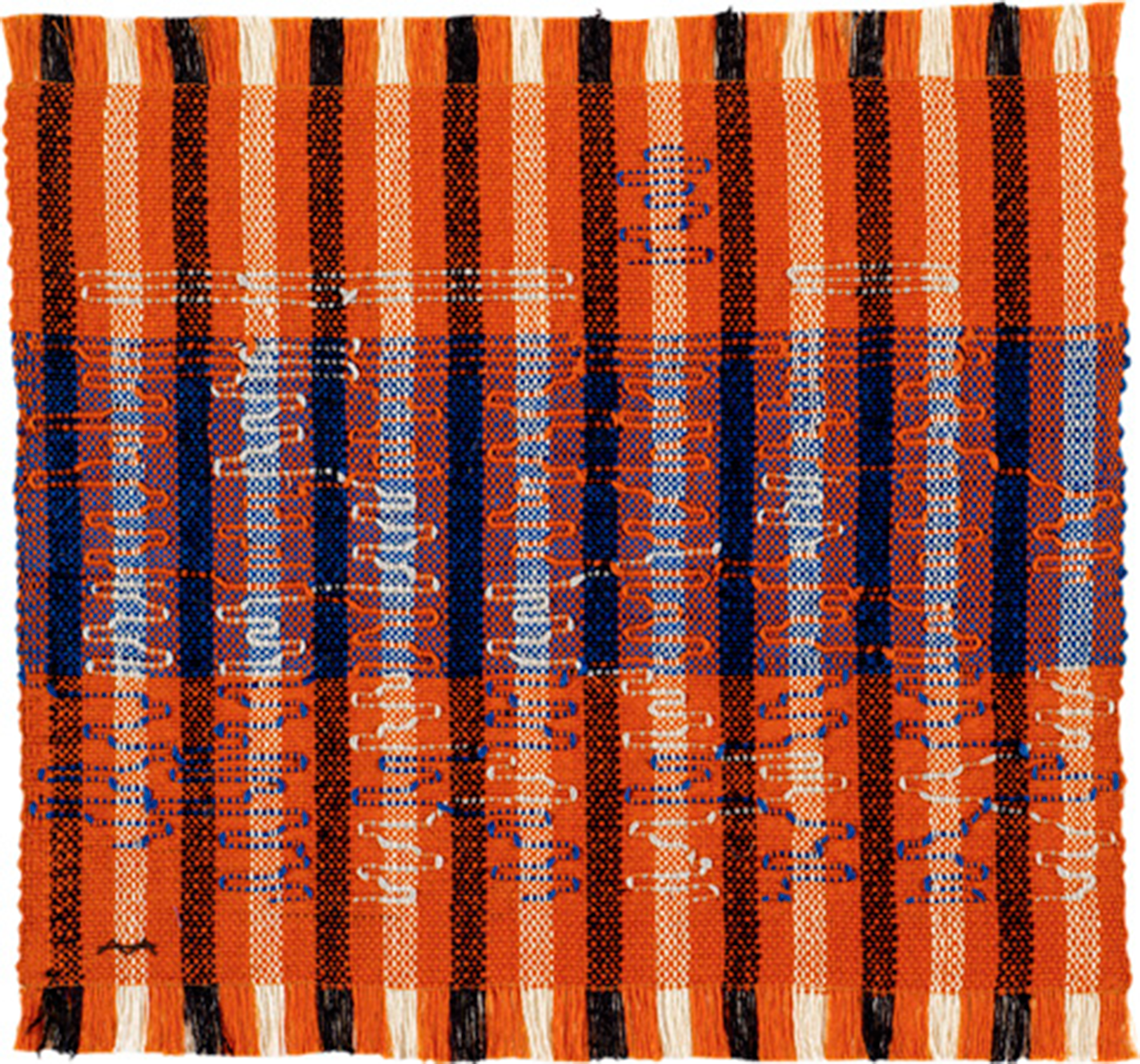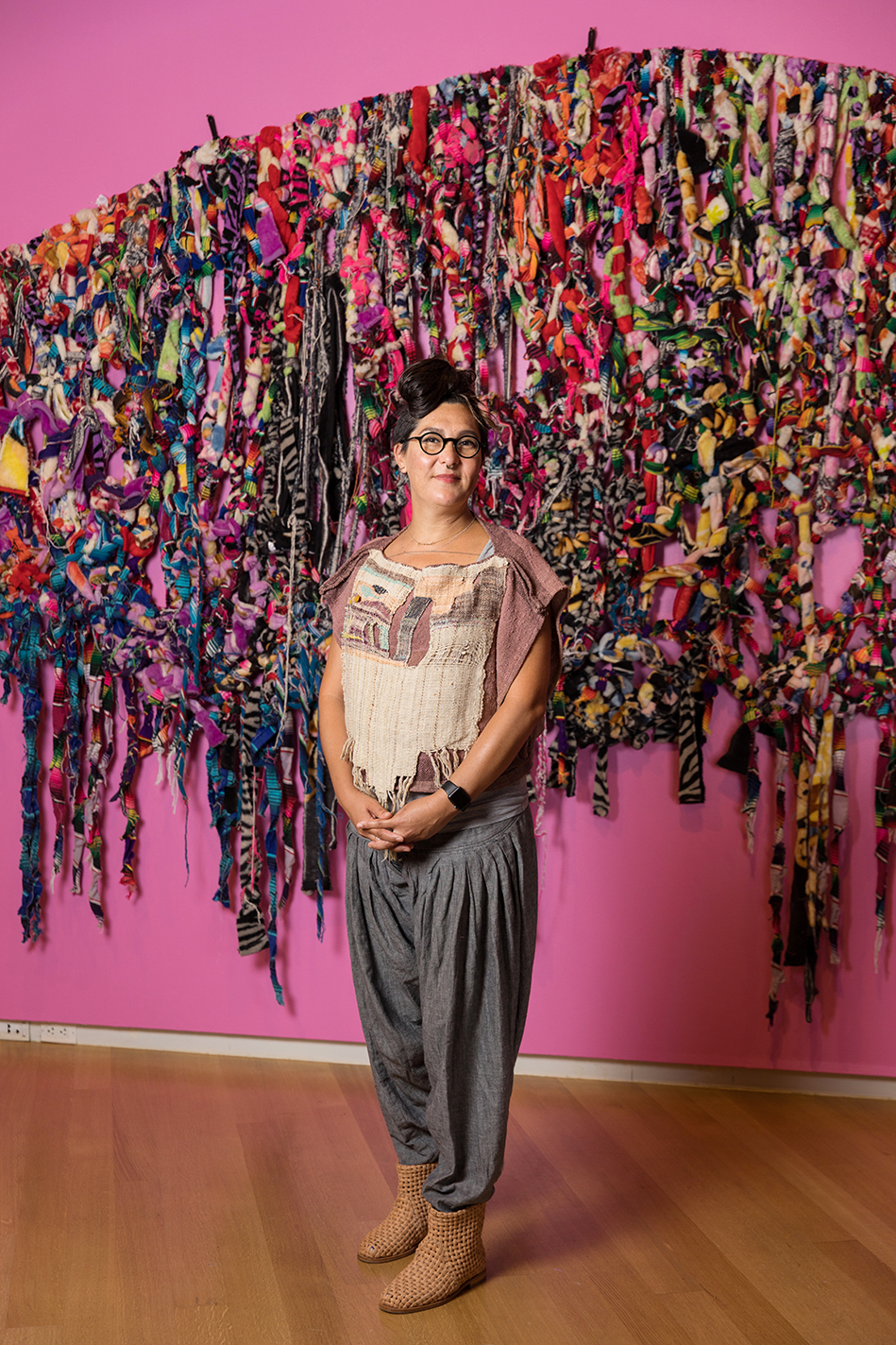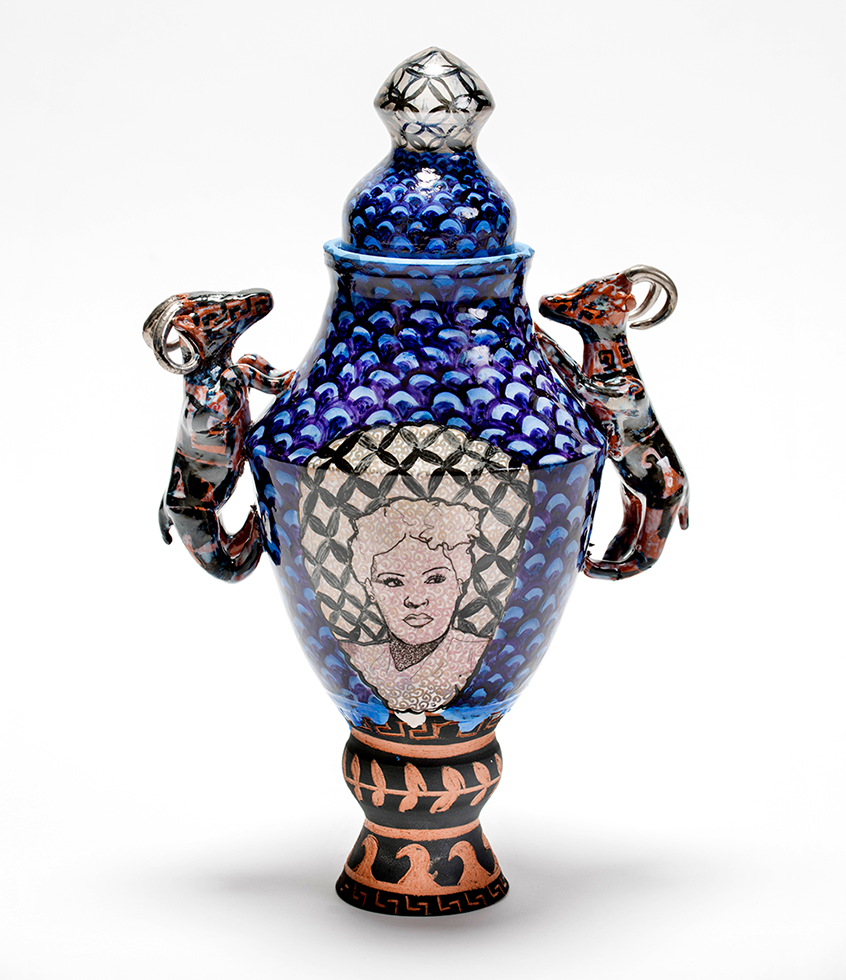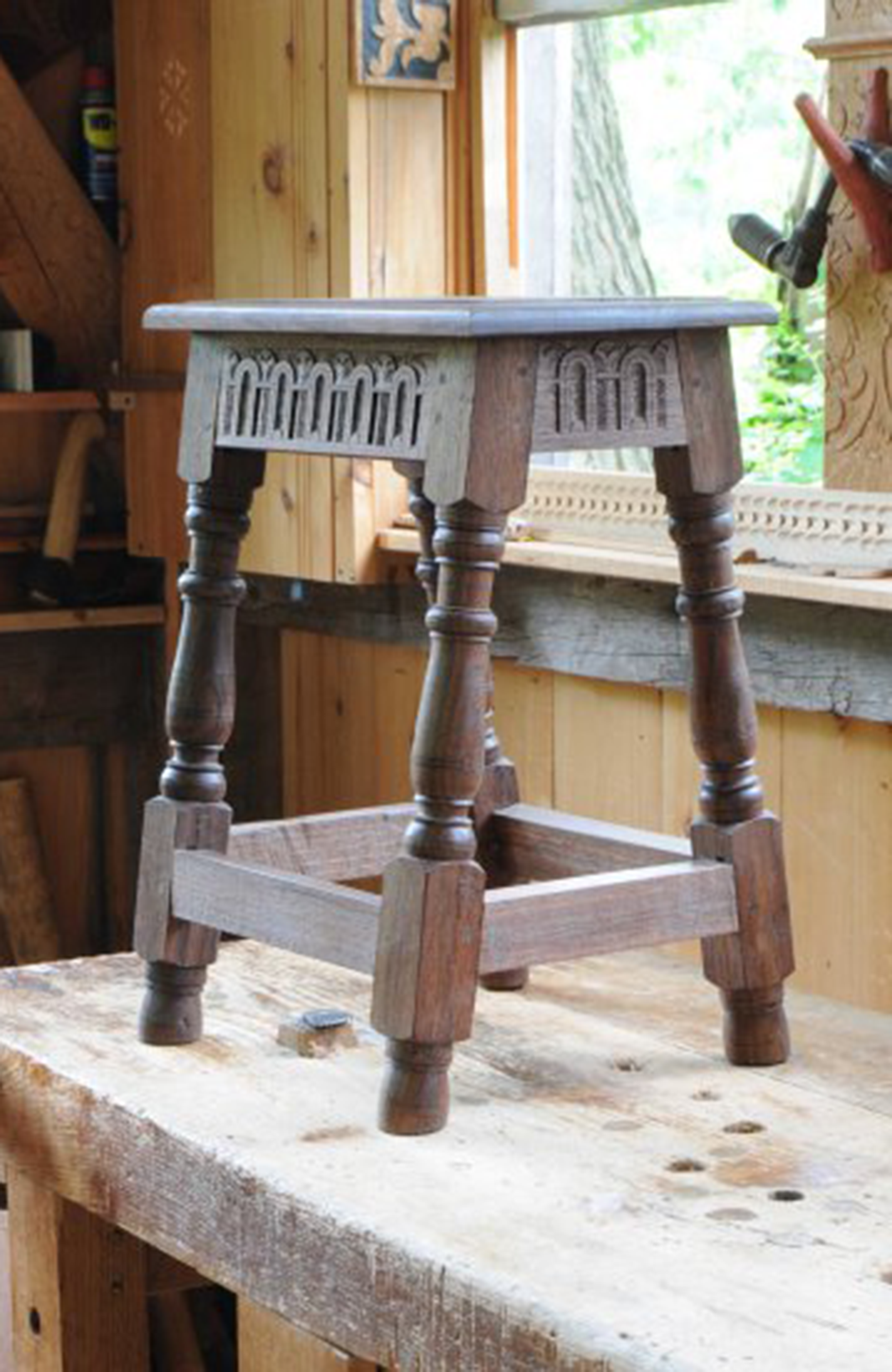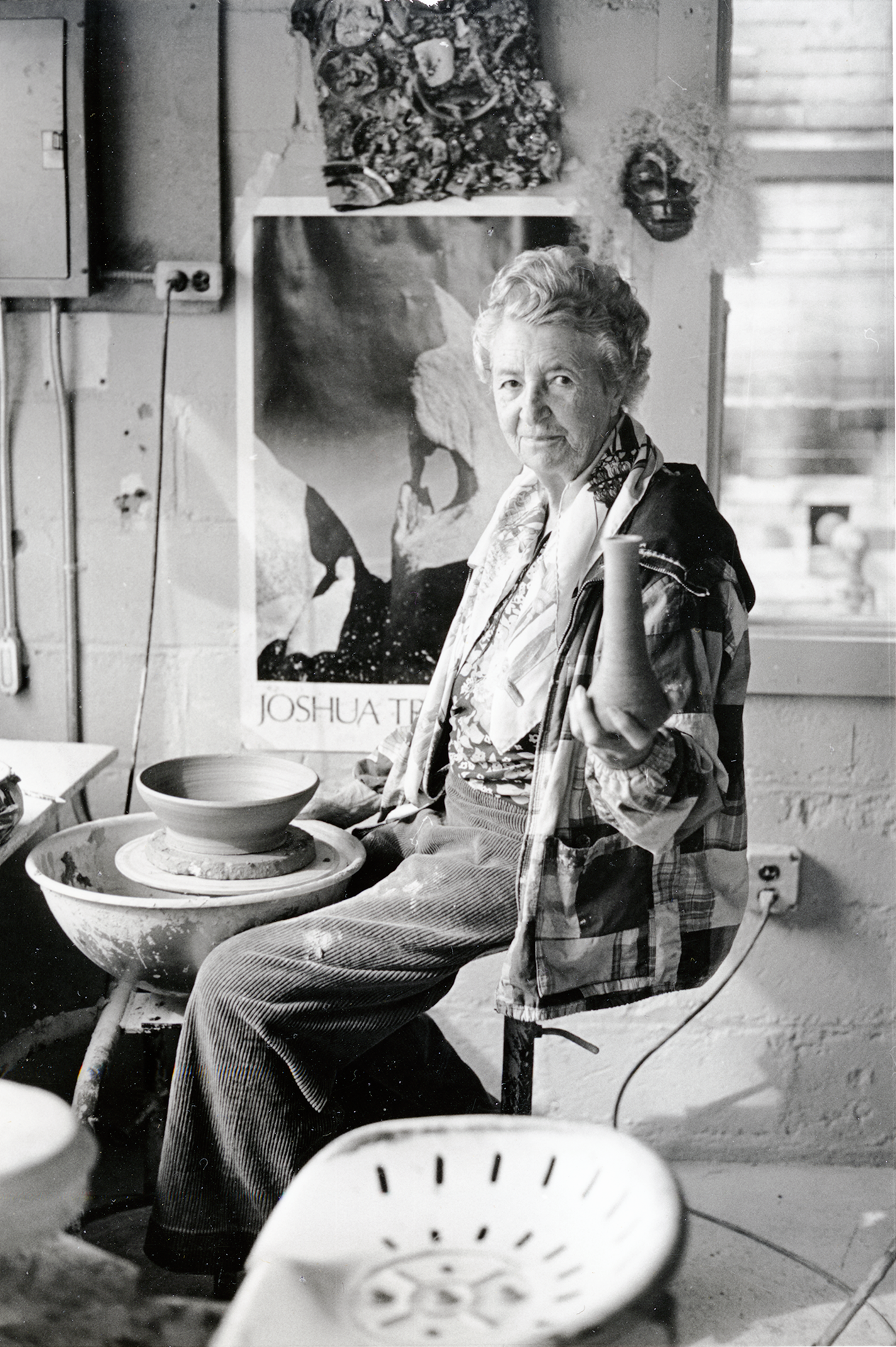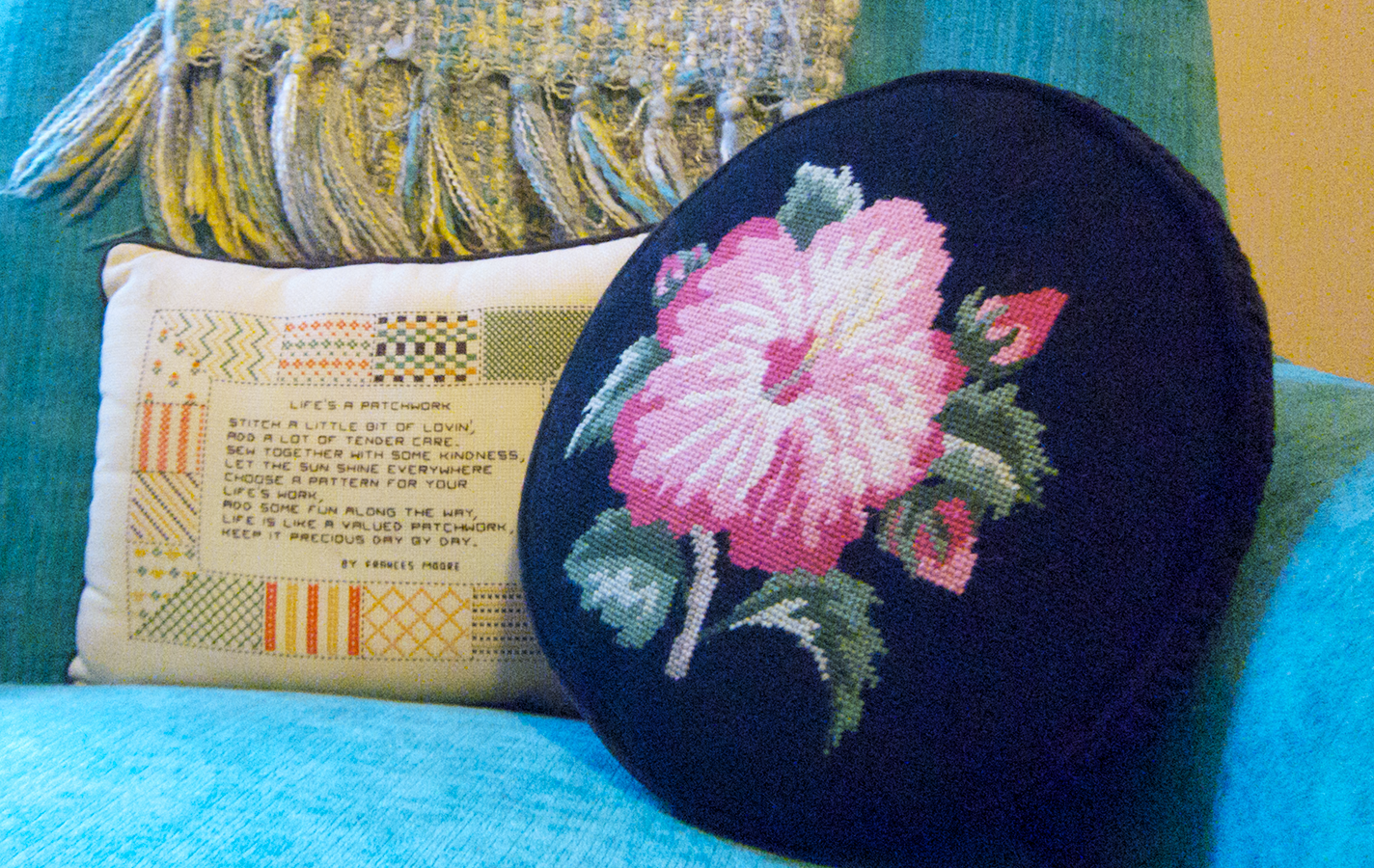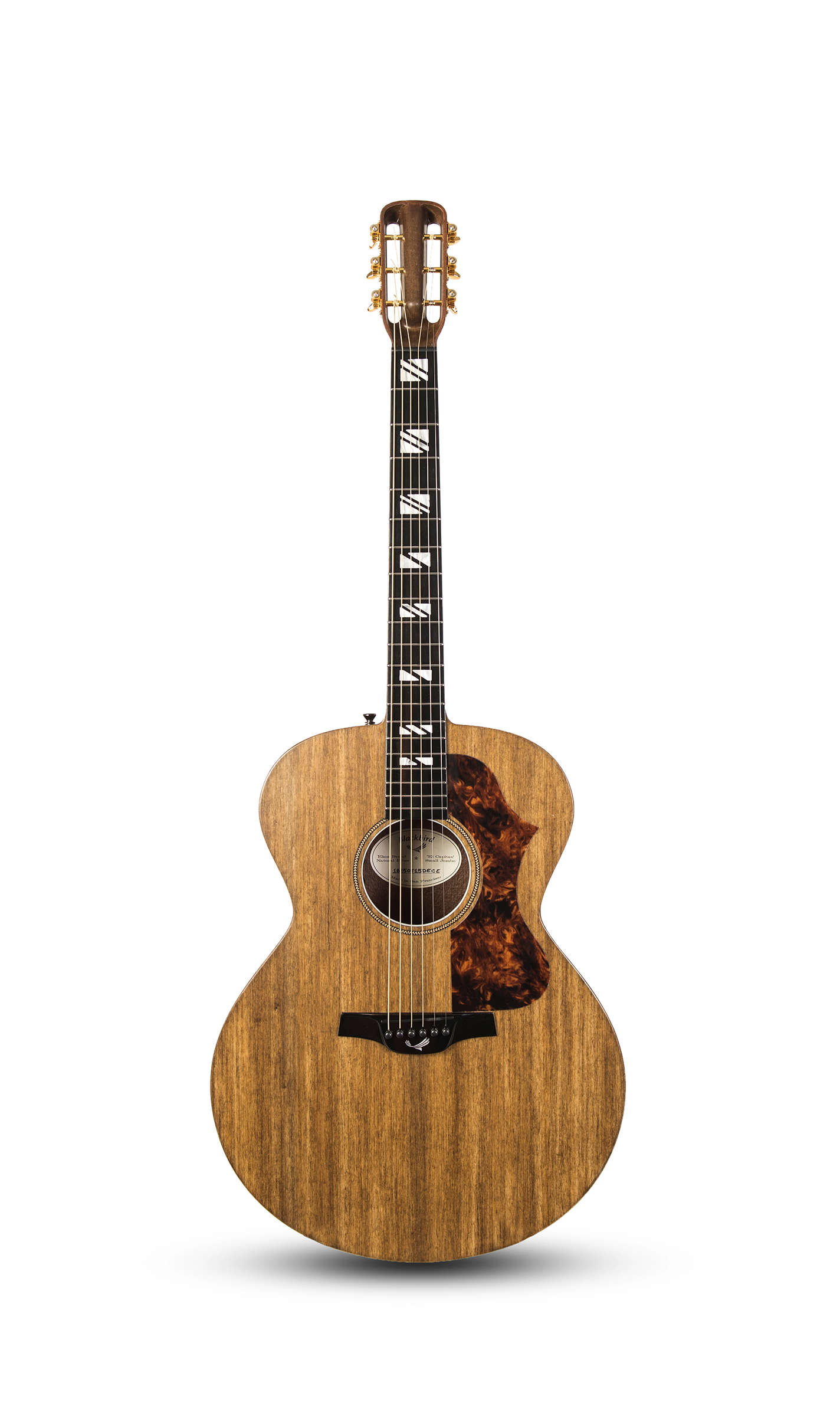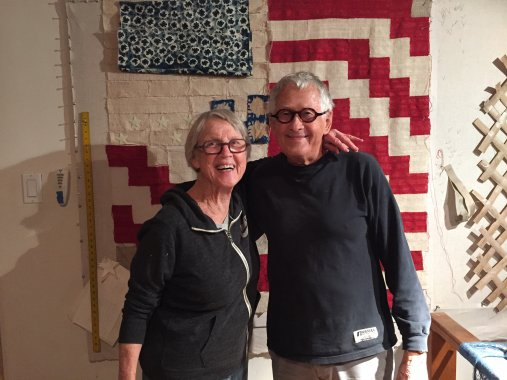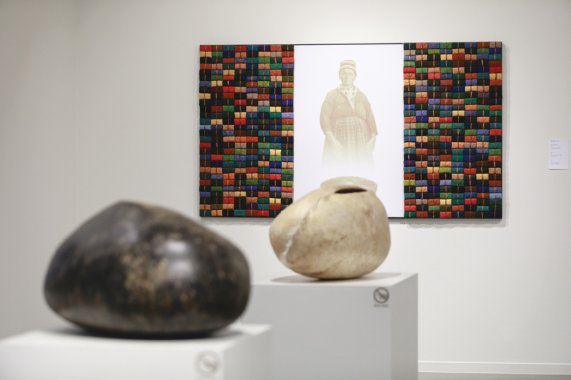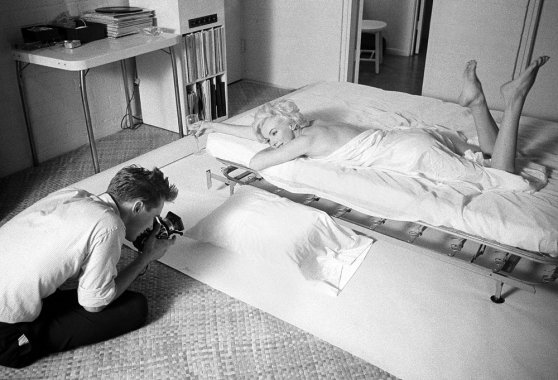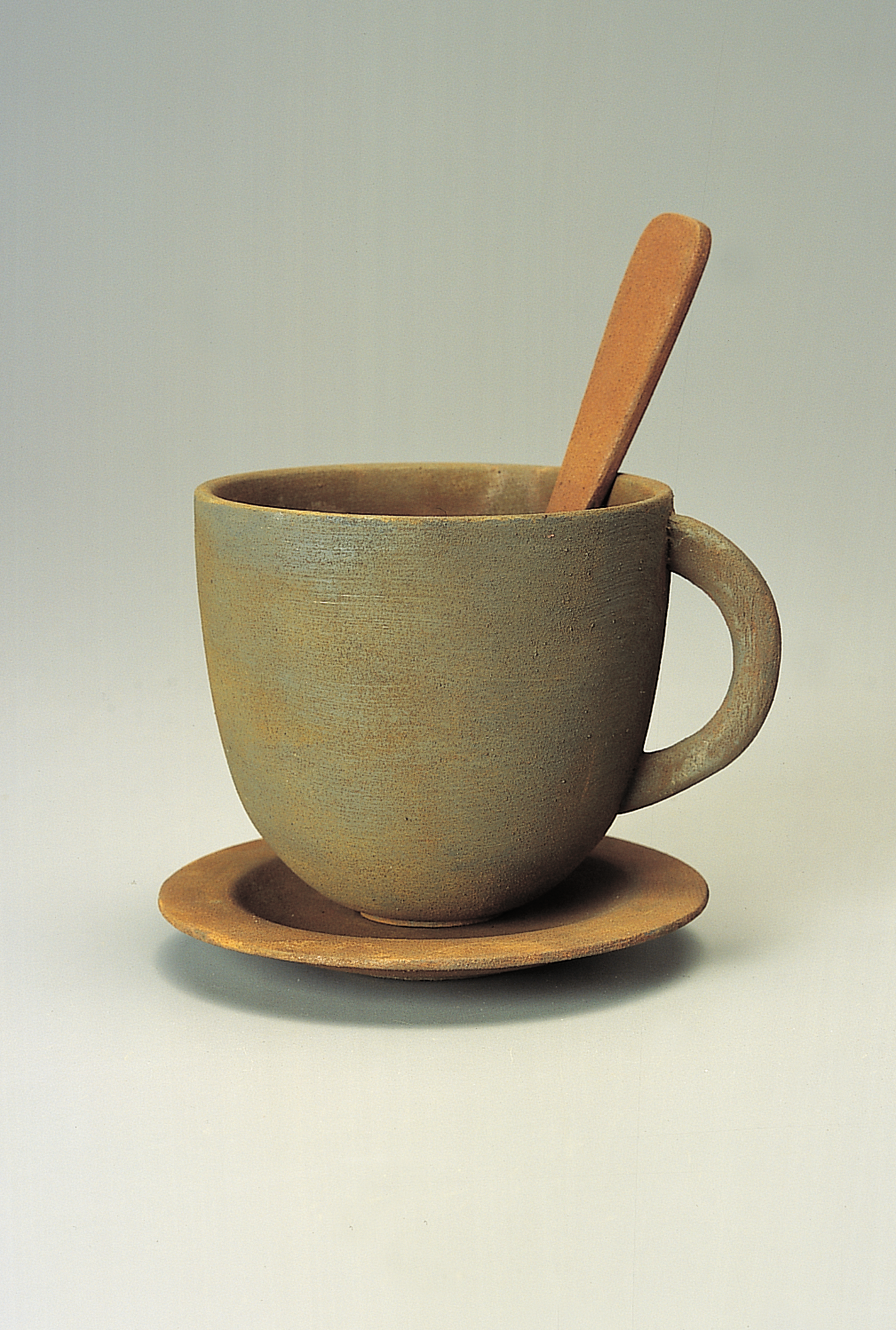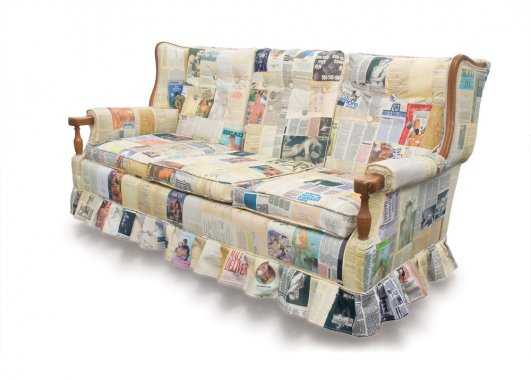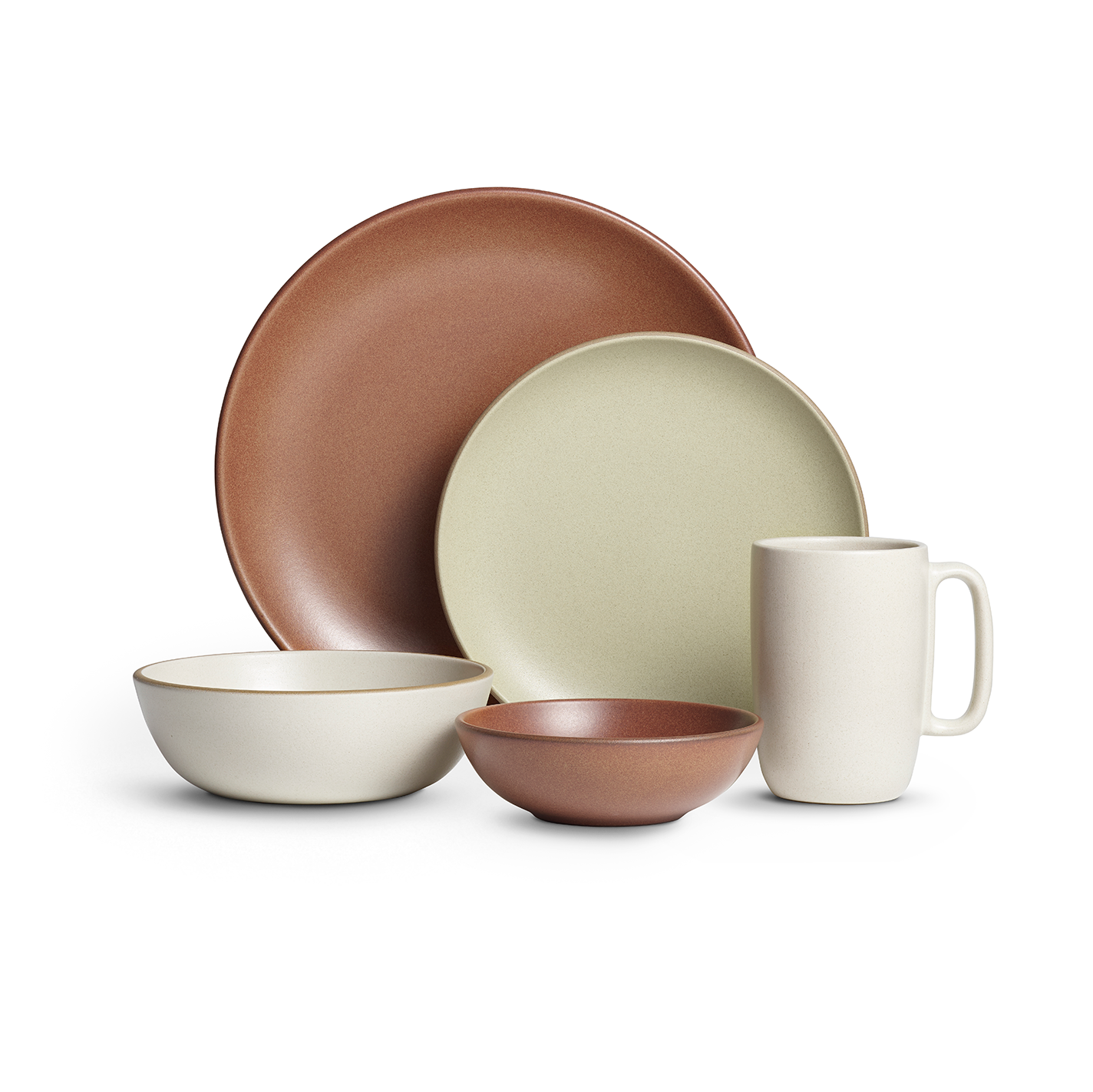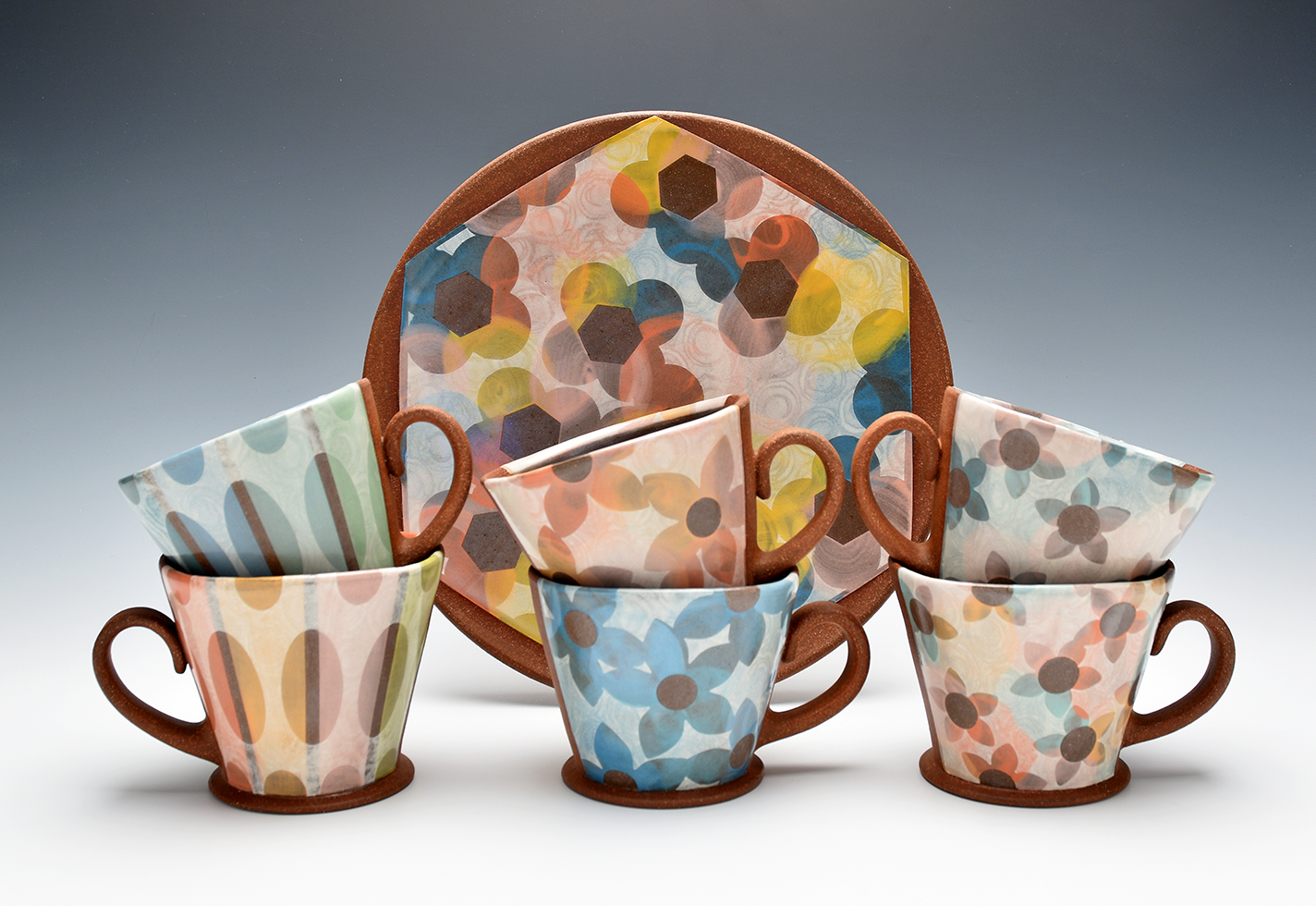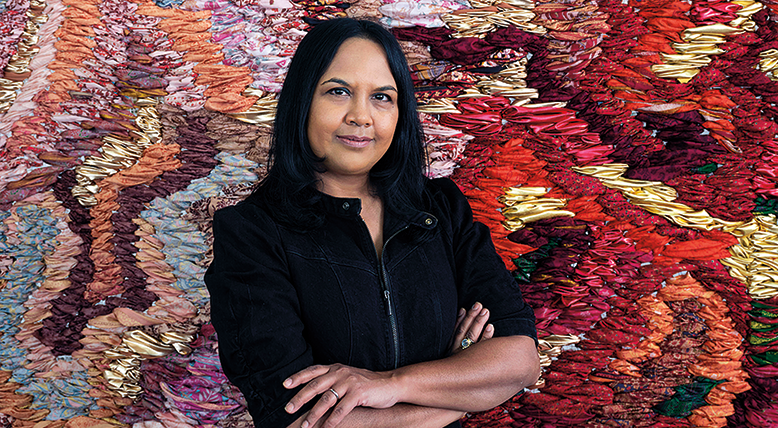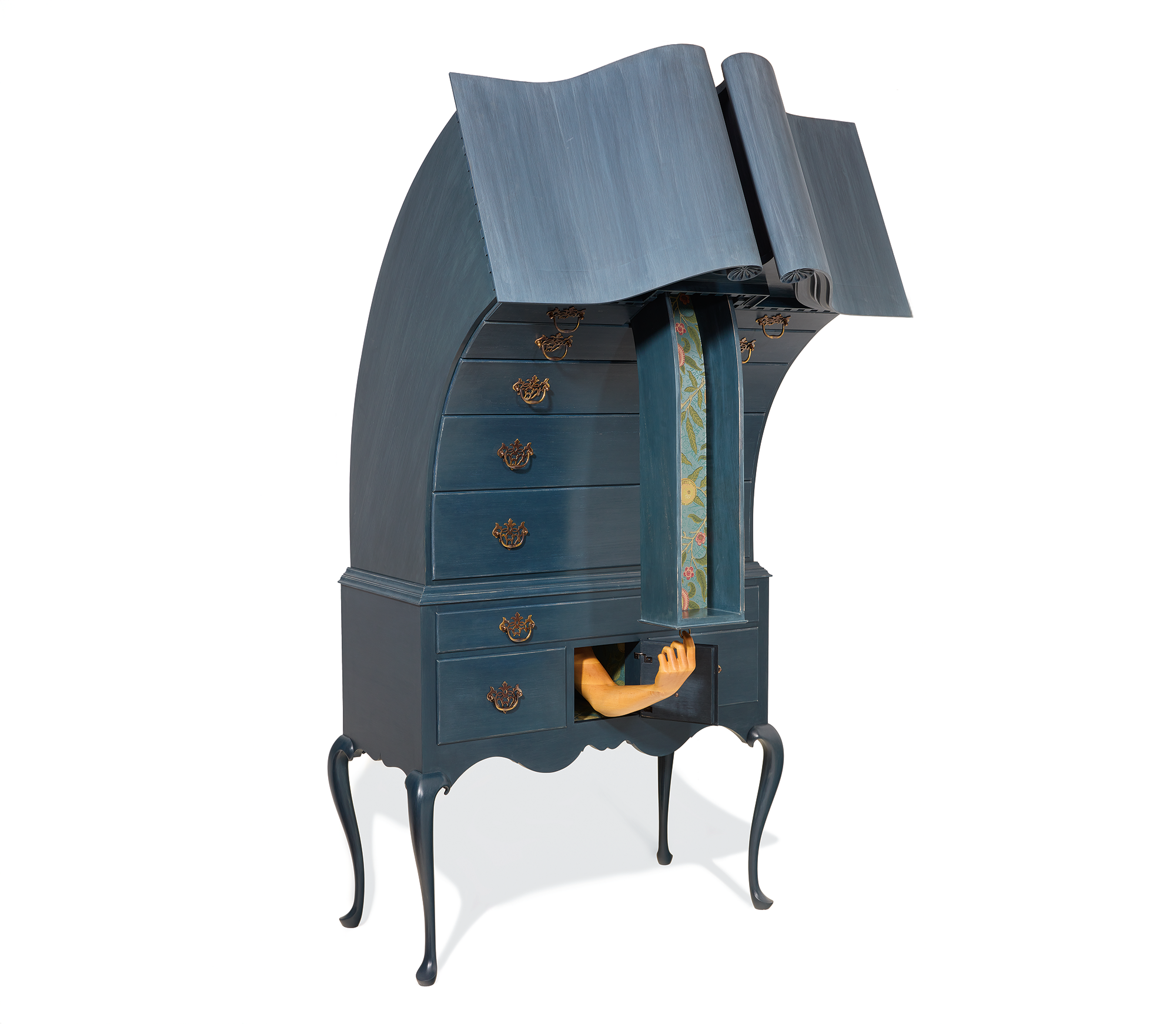Craft Is a Discipline
This view emphasizes craft as an earned skill in the service of creativity, a way of doing things exceptionally well through study, practice, and dedication. It’s craft as a commitment, a form of expression, a way of life.
“Craft exists at the intersection of skill and creativity. Judith Schaechter embodies craft, in my opinion, because she creates art that is simultaneously incredibly original, skillfully made, and inspired by the material itself.” —Jennifer Zwilling, curator of artistic programs, the Clay Studio, Philadelphia
“Craft is the mastery of material and technique. Epitome: Lino Tagliapietra. —Erik Demaine, origami artist, professor of computer science at MIT, Cambridge, Massachusetts; and Martin Demaine, mathematician, glassblower, MIT artist-in-residence.
“It’s impossible to define craft in a sentence or two. Sometimes in the US, people view craft as a laborer’s job, but in reality, craft is much more than that. In Europe, craft is an important and honored part of culture that is learned and dates back thousands of years. In Italian, the word for craftsman is artigiano, which means creating art with culture in mind.” —Lino Tagliapietra, master glassblower, Murano, Italy, and Seattle
“I believe craft is the outcome of numerous small actions, carried out endlessly and sometimes repetitively. But after a while, something emerges which is substantial and has its own unique character, however commonplace the activity that produced it. As a producer of musical craft, I think above all of the composer J.S. Bach, working ceaselessly in humble contexts such as teaching, but somehow managing to produce wonderful art.” —Judith Weir, CBE, Master of the Queen’s Music (official composer to Elizabeth II)
“What is craft? Broadly speaking, I follow the Richard Sennett line that craft is about someone doing a job well for its own sake. It’s important to stress that a sense of craft is present throughout all walks of life, from manufacturing industry to fine art, via technology and medicine.” —Grant Gibson, immediate past editor, Crafts magazine, Crafts Council, UK
“Craft is a way of doing things involving deliberateness and attention to detail and representing the accumulation of skill over time. Craft invites a life in which the objects that surround us speak to us of what is important. For me, craft can be embodied in things as disparate as Cherokee baskets, a Sam Maloof chair, or—I hate to say it—an iPhone.” —Miguel Gómez-Ibáñez, president, North Bennet Street School, Boston
“I view the notion of craft not as limited by materials, but as a process. I frequently use the term ‘skilled making”‘ when discussing craft, which can encompass most materials. Craft to me is often an integral part of the process when making artwork. Craft, however, always exists as a physical artifact; it cannot subsist as concept alone.” —Mia Hall, executive director, Penland School of Crafts, Penland, North Carolina
“Craft is a commitment to a lifelong conversation with material and process. While style and technique evolve over the course of a maker’s career, craft is that most fundamental desire to feel, articulate, and understand the complexity of your own work. The potter Byron Temple not only had an effortless and graceful touch with his material, but he also demonstrated that same level of finesse in his ability to contextualize, document, and market his own work. His beautifully designed catalogues showcased his work in such an elegant way and educated his customers on how simple, humble stoneware pots can be elevated to exquisite objects through the mastery of both making and contextualization.” —Brian Giniewski, ceramist
“To me, craft is expressed by work that reads of the materials and process of its making and the purpose for which it was made—by hand or machine. Favorite makers: Wharton Esherick, Toshiko Takaezu, Lenore Tawney, Ed Rossbach, and Anni Albers.” —Jack Lenor Larsen, weaver, textile designer, craft collector, and advocate
“We think of craft as the overlap of science, the technical aspects and boundaries of the medium; art, one’s personal touch and lens; and tradition, the time-tested vocabulary of movements and ideas that are shared generationally. At our distillery, [master blender] David Stewart relies on different makers and craftspeople to orchestrate the liquid as he imagines it. For example, our coopers dedicate their time to the casks for quality and flavor return, whereas our malters work to stimulate the best potential yield from the barley seed.” —Jonathan Wingo, brand ambassador, The Balvenie scotch whisky, Dufftown, Scotland
“Craft is the intentional expression by hands of what is in the mind, melding respect for materials with mastery and purposeful use of technique. Three exquisite examples of craft: Soundsuits by Nick Cave, cloisonné jewelry by Aurélie Guillaume, and the Crochet Coral Reef, created and curated by Christine Wertheim and Margaret Wertheim of the Institute For Figuring.” —Lisa Bayne, CEO, Artful Home, Madison, Wisconsin
“Craft is the quintessential conjoining of a strong point of view, appropriate materials, and a maker or makers. A great example is the work of David Pye, who approached craftsmanship and perception as a kind of spiritual personal growth commitment. Another example is the work of Tanya Aguiñiga, who uses craft as a form of political community building and communication.” —Rosanne Somerson, president, Rhode Island School of Design; furniture maker
“1. No one thinks the word ‘craft’ is obsolete!! 2. Every artist has ‘craft.’ 3. Every artist’s so-called ‘craft’ is simply to *re-define skill.* 4. Now do you see? XO” —Jerry Saltz, senior art critic, New York magazine
“At its best, craft exhibits technical brilliance and innovative techniques and materials; most important, it relays an artist’s passion and ideas.” —JoAnne Cooper, Mobilia Gallery
“Craft refers to works done where the imagination and the hand of the maker are evident. Often the value of a piece is in the workmanship of the artist rather than what it’s made of. Examples: Harvey Ellis of Stickley Furniture, Greene & Greene architects, Louis Comfort Tiffany, and Dan Dailey, a glass artist with imagination and humor.” —Collector Marian Burke, who with her husband, Russell, endowed the new Burke Prize, awarded by the Museum of Arts and Design
“We like our art well-crafted. Dale Chihuly crafts blown glass elements in the service of creating works of art. Sandy Skoglund crafts installations that she photographs. The photographs are the works of art but the craftsmanship of the installations makes them possible. Another example: sculptor Tip Toland.” —Dale and Doug Anderson, collectors; co-founders, Association of Israel’s Decorative Arts
“At a gathering a few years ago, I noticed that Stoney Lamar called himself a sculptor and a maker but never used the terms ‘artist,’ ‘artisan,’ or ‘craftsman.’ The distinction is not about the object. Rather it is a celebration of and commitment to the process.” —Carissa Hussong, executive director, Metal Museum
“What epitomizes craft? Two works come to my mind almost immediately: Joy, a brooch by Sharon Church of meticulously carved wood and fabricated silver; and Wayne Higby’s majestic wall mural Earthcloud, of hand-carved, glazed porcelain tiles, commissioned for Alfred University. Both combine technical skill and understanding of material with a unique creative vision. These, for me, fulfill the concept of craft.” —Helen Drutt English, former gallerist, collector, scholar
